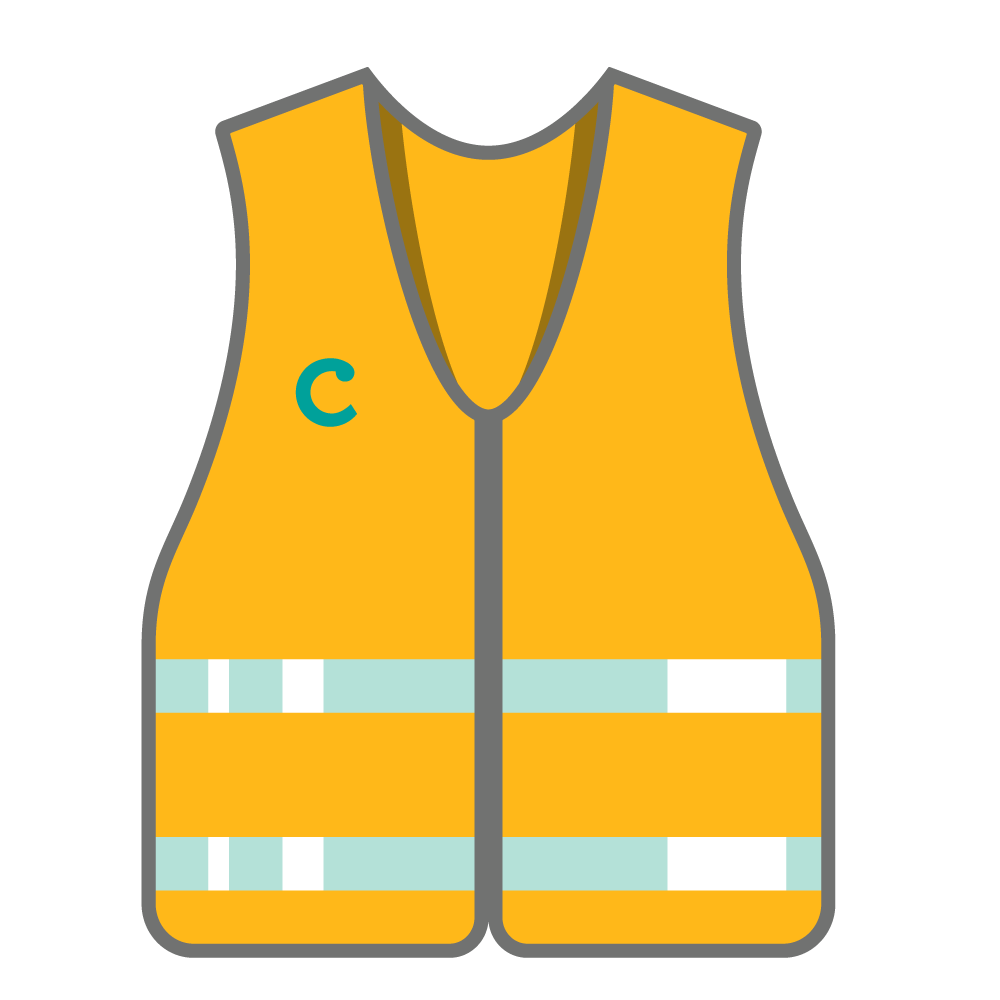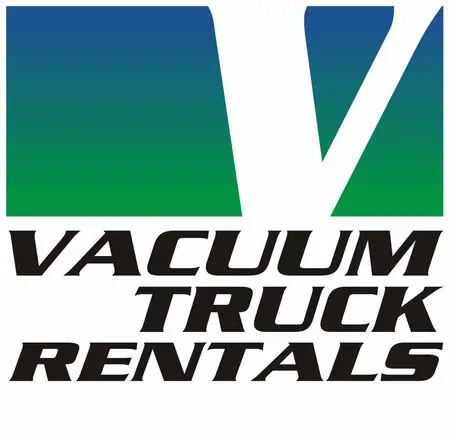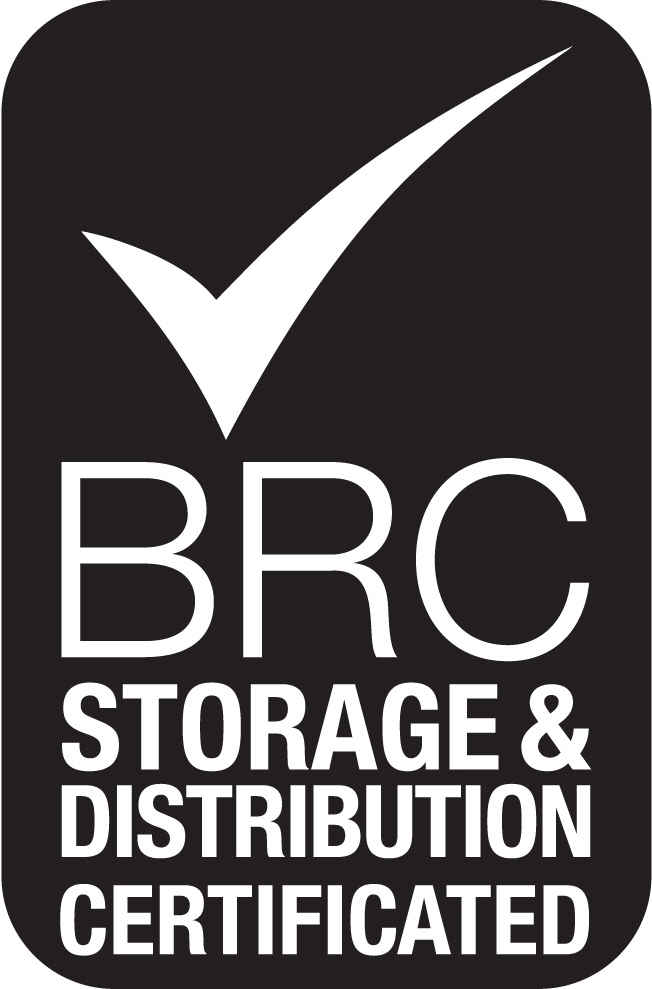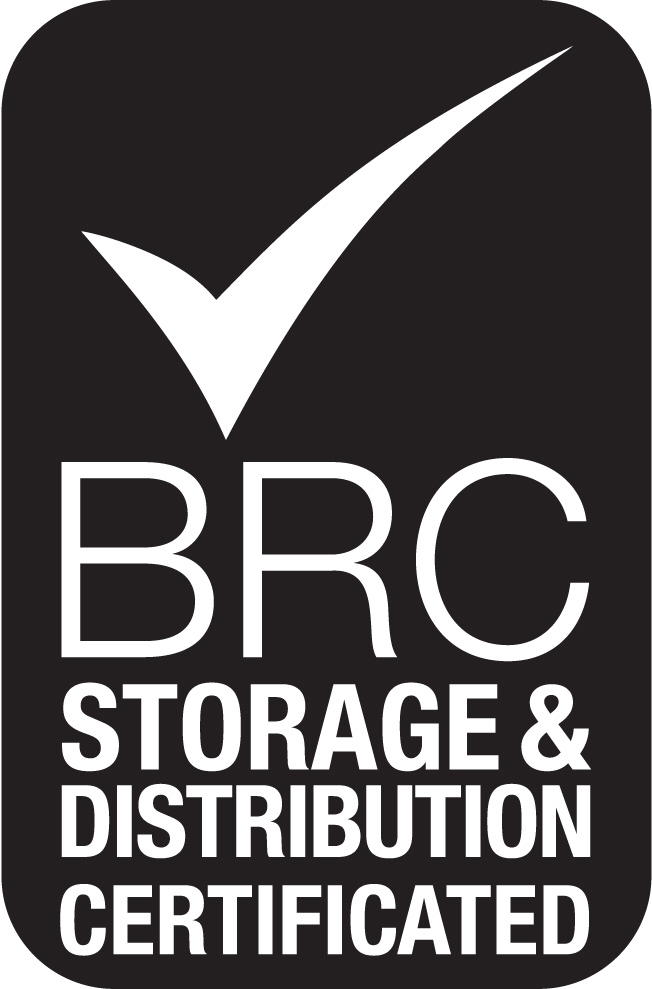Title Page
-
Conducted on
-
Prepared by
-
Location
OSHA Audit
-
Are aisles clear and open for material transfers? No product shall be stored in aisles where it blocks equipment maneuvering
-
Are floor and rack storage limits properly posted? One sign near the entrance of the warehouse should indicate the floor rating. All racks should be labeled with load ratings
-
Are rack uprights and beams around the perimeter in good condition?
-
Are designated open areas clear of blockage? Such areas include 18 inch perimeters along interior walls as well as electrical panels and eye wash units
-
Are fire extinguishers and overhead fire sprinklers up to date for inspections, in good condition, where they belong and unobstructed? Verify employees have received appropriate training and education
-
Are all emergency exits clear of blockage and are the exit signs in good condition? Inspect both inside and outside for blockage of the exits. All exit signs should be lit & all emergency lights tested
-
Are pallets in their designated locations and in good condition. Empties must be stored correctly. No broken or protruding wood or nails. No standing pallets.
-
Are overhead lighting, skylights and roofs in good condition?
-
Employees use proper lifting technique for the materials being handled.
-
Products and supplies that are most frequently moved by hand are stored at rack heights that minimize bending / stooping or excess reach to pick up or place?
DOCK AREAS
-
Are all interior overhead lights and trailer lights in the dock area operating properly? Test all lights that might be off at time of inspection to be sure they work properly
-
Do dock doors work properly and close completely? Ensure that all doors in use open and close smoothly. Inspect automatic stops and auto-reversing functions on powered doors
-
Are visitors and drivers remaining in designated safe areas and walkways
-
Are dock doors closed when not in use? Closed doors should seal well with the floor and dock leveling plate
-
Is there sufficient room to maneuver materials? Dock area floors should be clean and free of trash, debris, or stored items that block the safe passage of loaded equipment
-
Are approach roads and staging areas (yard) clear for maneuvering, well drained, free of potholes and are all signs in place and legible?
-
Are dock positions clearly marked with painted lines that the drivers can see to help them spot their trailer accurately?
-
Are all exterior lights working properly? This item will need to be inspected during the evening when lights are functioning
-
Are wheel chocks and/or trailer restraint systems working properly? If trailer restraint systems are in use remember to inspect for proper locking and indicator light function both inside and outside. Insure tractors are disconnected from trailer
-
Are there sufficient waste cans for the area and are those cans properly labeled and emptied on a regular basis?
-
Do the in-use dock doors have the their dock plates extended into the truck to prevent slip, trip or fall.
-
Floors and aisles are clear of clutter, electrical cords, hoses, spills and other hazards that could cause employees to slip, trip or fall
GENERAL SAFETY & TRAINING
-
Are accidents, near misses and injuries being investigated and are unsafe conditions being corrected, reported/documented in a timely fashion
-
Are your employees actively and meaningfully involved in workplace safety programs? (i.e. participate in accident investigations, self inspection, committees, etc.)
-
Are the appropriate OSHA and Employee Rights posters posted in a conspicuous place?
-
Are emergency evacuation routes and guidelines posted?
-
Are all fire sprinkler control valves in their open position? Do a visual check to insure the valves are fully open
-
Inspect all ladders and hand tools and indicate here that they are in good condition or in need of any repair. NOTE: remove any unsafe equipment from service while awaiting repair
-
The facility has lockout/tagout procedures
MATERIALS HANDLING SAFETY
-
Supplies are stored in tiers that are stacked, blocked, interlocked and limited in height so that they are stable and secure to prevent sliding or collapse
-
Storage areas are kept free from accumulation of materials that could lead to tripping, fire, explosion or pest infestations
-
Excessive vegetation is removed from building entrances, work or traffic areas to prevent possible trip or fall hazards due to visual obstructions
-
Elevators and hoists for lifting materials/ containers are properly used with adequate safe clearances, no obstructions, appropriate signals and directional warning signs
HAZARD COMMUNICATION SAFETY
-
All hazardous materials containers are properly labeled, indicating the chemical’s identity, the manufacturer’s name and address, and appropriate hazard warnings
-
There is an updated list of hazardous chemicals
-
The facility has a written program that covers hazard determination, including Material Safety Data Sheets (MSDSs), labeling and training
-
There is a system to check that each incoming chemical is accompanied by a MSDS
-
All employees are trained in the requirements of the hazard communication standard, the chemical hazards to which they are exposed, how to read and understand a MSDS and chemical labels, and on what precautions to take to prevent exposure
-
All employee training is documented
-
Employees use proper personal protective equipment when handling materials
-
All chemicals are stored according to the manufacturer’s recommendations and local or national fire codes
POWERED INDUSTRIAL TRUCKS
-
Powered industrial trucks (forklifts) meet the design and construction requirements established in American National Standard for Powered Industrial Trucks, Part II ANSI B56.1-1969
-
Capacity, operation and maintenance instruction plates, tags or decals are visible and in good condition.
-
Nameplates and markings are in place and maintained in a legible condition. Forklifts that are used in hazardous locations are appropriately marked/approved for such use
-
Battery charging is conducted only in designated areas
-
Appropriate facilities are provided for flushing and neutralizing spilled electrolytes, for fire extinguishing, for protecting charging apparatus from damage by trucks and for adequate ventilation to disperse fumes from gassing batteries
-
Carboy tilters or siphons are used when adding water to battery cells.
-
Tools and other metallic objects are kept away from the top of uncovered batteries
-
Forklift operators are competent to operate a vehicle safely as demonstrated by successful completion of training and evaluation conducted and certified by persons with the knowledge, training and experience to train operators and evaluate their performance
-
Refresher training and evaluation is conducted whenever an operator has been observed operating the vehicle in an unsafe manner or has been involved in an accident or a near-miss incident
-
Refresher training and evaluation is conducted whenever an operator is assigned to drive a different type of truck or whenever a condition in the workplace changes in a manner that could affect safe operation of the truck
-
Load engaging means are fully lowered, with controls neutralized, power shut off and brakes set when a forklift is left unattended or not in use
-
Operators maintain a safe distance from the edge of ramps or platforms while using forklifts on any elevated dock, platform or freight car
-
There is sufficient headroom for the forklift and operator under overhead installations, lights, pipes, sprinkler systems, etc
-
Overhead guards are provided in good condition to protect forklift operators from falling objects
-
Operators observe all traffic regulations, including authorized warehouse speed limits
-
Drivers are required to look in the direction of and keep a clear view of the path of travel
-
Dock boards (bridge plates) are properly secured when loading or unloading from dock to truck
-
All loads are stable, safely arranged and fit within the rated capacity of the truck
-
Trucks are examined for safety before being placed into service and unsafe or defective trucks are removed from service













